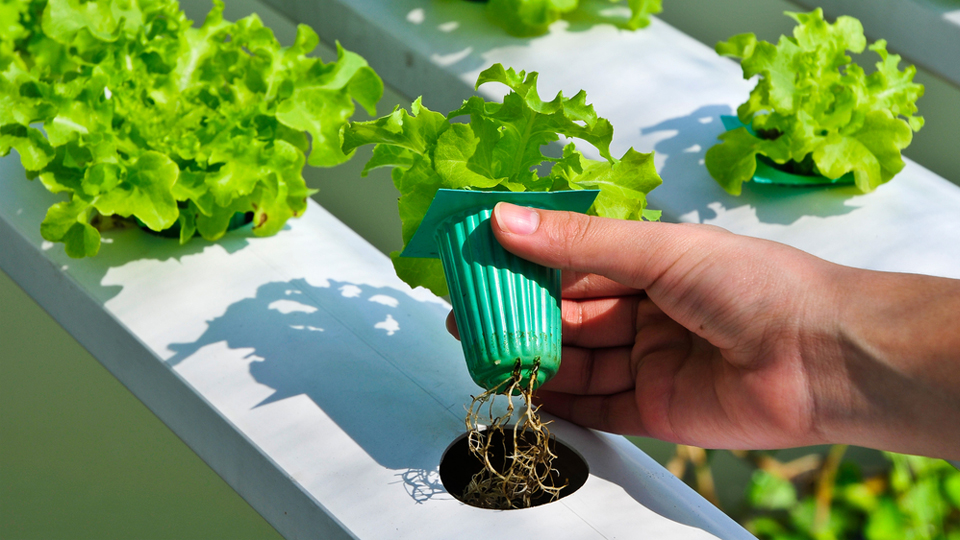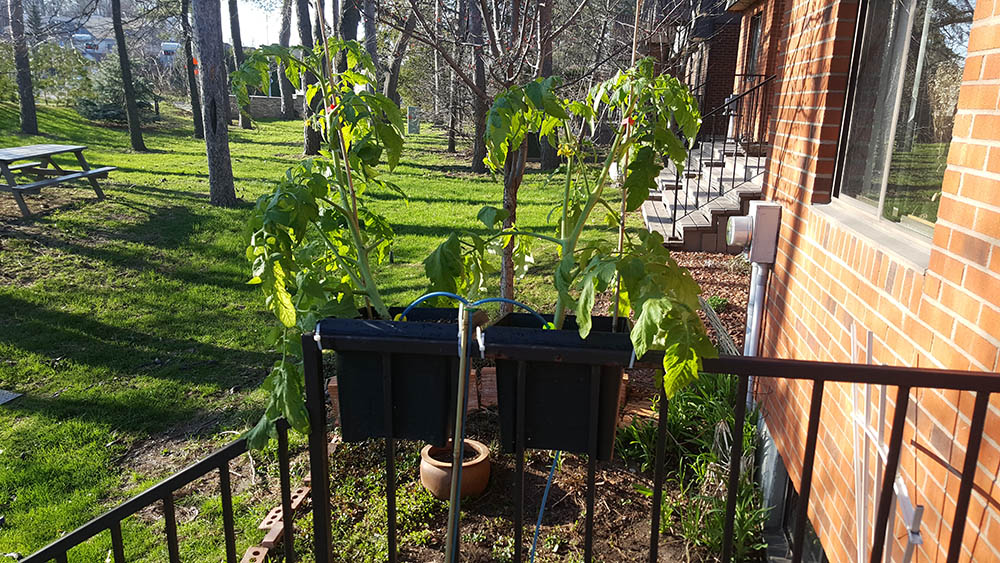What happens when 3D printing meets environmental responsibility?
Posted By Jess Hedstrom on May 4, 2016 | 0 comments
Researching the environmental impact of 3D printing has been covered by companies, governmental agencies, along with colleges and Universities. There are panels and discussions about recyclable plastics and the benefits additive over subtractive manufacturing in terms of minimizing waste. Today we will take a look at one company to discover how they are focusing on cleaning up our environment with their use of 3D Printing.
Michael Golubev is an entrepreneur in the Ottawa, Canada area and his belief that 3D printing has the power to change the world for the better is one of the reasons why his company is showcased today. He is the Founder/CEO of 3Dprintler Inc. which received a seven figure investment from a “private investor in the Tech Industry” in March 2016. The company has not been shy about their frustrations with the Canadian government regarding their lack of help, but that has not stopped them from moving forward with their plan to make an impression on the 3D printing industry.
In addition to 3Dprintler Inc. Michael is also the Founder of 3Dponics, an open-sourced urban farming company that started by creating small accessories for DJI Quadcopter Drones but has since refocused. 3Dponics is a 3D-printable hydroponics system that allows you to grow your own food. They have downloadable kits that can be printed and/or modified to meet your specific needs.
Creating local, sustainable, and customizable farming with 3D printing
Urban farming has the potential to reduce environmental impacts that come from pesticide use, and shipping, which is why 3Dponics won the Award for “Most Successful Application of 3D Printing” at IDTechEx which took place in Berlin, Germany last year. In addition to personal use, their system can be set up in classrooms to teach kids about horticulture/agriculture. When used in an educational environment such as a school or a club 3Dponics teaches children of all ages about STEM (science, technology, engineering and math), and it encourages them to apply technology to their lives in meaningful and beneficial ways. Also, it can be set up at food banks and homeless shelters to provide fresh, nutritious food to those less fortunate; and in colleges and universities to assist in further research and development as well.
When used in an educational environment such as a school or a club 3Dponics teaches children of all ages about STEM (science, technology, engineering and math), and it encourages them to apply technology to their lives in meaningful and beneficial ways.
An open-source approach to environmental awareness
Michael chatted about the open-source approach 3Dponics has taken, and the importance of sharing ideas to create the best urban farming system. To drive this point home, Michael shared a story with us about a 5th grader that downloaded one model from the 3Dponics site and made it 4 times more efficient. This student downloaded a Standard Conduit for a 3Dponics Vertical garden (much like the one pictured above) and he modified it. You can see the original and the new version below.
Thanks to the modifications the young student made, the new version can accommodate 4 times more than the old version. Designing agricultural/horticultural tools with conservation and sustainability in mind yield to 3D printing very well. The ability to modify and collaborate are essential.
Thingiverse model for the Standard Conduit – 3Dponics Vertical Garden. Allows any basic aquarium pump (air bubbler) to act as a water pump, cutting your energy consumption and energy bills drastically.
Thingiverse Modified Model by 5th Grade Student – Venturi – 3Dponics Drip Hydroponics. This is an improved version of the original conduit that takes the principles of fluid dynamics and applies them to hydroponics, allowing water to flow more efficiently to the top of your 3Dponics system. The shorter pipe acts as the air intake (attaching to the air bubbler via rubber tubing); the longer pipe acts as the outlet (transporting water to the top of the system). For optimal performance, the Venturi should be placed vertically inside the reservoir, immersed in the nutrient solution. Bonus: The Venturi is smaller than the Conduit and therefore takes less time and material to print. If you have a dual outlet pump (e.g. HagenMarina 200), you can power two or more 3Dponics systems with one air pump.
Michael’s belief is that 3D printing encourages us to make our horticultural/agricultural experience more sustainable and safer for the environment (which is why he created 3D ventures) while customizing it to our specific needs. Sculpteo is proud to say that we are a 3D printing service that believes in these same principals, conservation and sustainability are two very important topics and we have worked with Michael in the past and he has spoken openly about Sculpteo having the best turnaround times and that he is impressed with the usability of our website.
3Dprintler & 3Dponics will be at Techcrunch 2016 in New York, and they will be present at CES 2017. For more information you can visit their website here or check out their Google + community.


 Connect with Google
Connect with Google Connect with Facebook
Connect with Facebook



